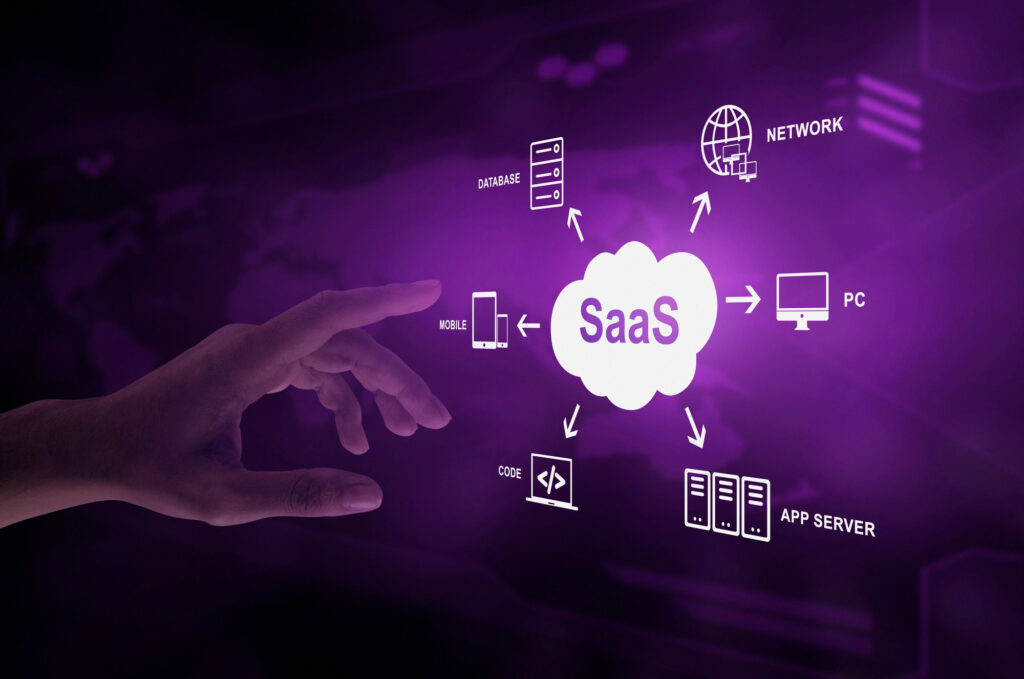As businesses increasingly rely on Software as a Service (SaaS) solutions for their operational needs, the importance of securing sensitive data within these platforms becomes paramount. SaaS applications offer unparalleled convenience and flexibility, but they also present potential security risks. To mitigate these threats and protect your digital assets, here are 10 effective ways to enhance SaaS security.

-
User Education and Training: The human factor remains a significant contributor to security breaches. Educate your users on best security practices, including the importance of strong passwords, recognizing phishing attempts, and understanding the risks associated with sharing sensitive information.
-
Implement Multi-Factor Authentication (MFA): Adding an extra layer of protection through MFA significantly enhances the security of your SaaS applications. Require users to authenticate their identity using multiple methods, such as passwords and verification codes sent to their mobile devices.
-
Regularly Update and Patch Software: Ensure that all SaaS applications and related software are up-to-date with the latest security patches. Regular updates help address vulnerabilities and protect against potential exploits that could be used by malicious actors.
-
Access Control and Permissions: Implement strict access controls and permissions to limit user access based on their roles and responsibilities. Grant the minimum level of access necessary for each user to perform their tasks, reducing the risk of unauthorized data exposure.
-
Encrypt Data in Transit and at Rest: Utilize encryption protocols to secure data both in transit and at rest. This adds an extra layer of protection, making it challenging for unauthorized individuals to intercept or access sensitive information.
-
Regular Security Audits and Monitoring: Conduct regular security audits to identify vulnerabilities and assess the effectiveness of your security measures. Implement continuous monitoring to detect any unusual activities or potential security threats in real-time.
-
Vendor Security Assessments: Before selecting a SaaS provider, conduct thorough security assessments of their infrastructure and practices. Ensure they adhere to industry standards and regulations, and that their security measures align with your organization’s requirements.
-
Incident Response Plan: Develop a comprehensive incident response plan that outlines the steps to be taken in the event of a security breach. Having a well-defined plan in place ensures a swift and effective response to mitigate potential damage and prevent further compromise.
-
Data Backups and Recovery Procedures: Regularly back up critical data and establish robust recovery procedures. In the event of a security incident or data loss, having reliable backups ensures that your organization can quickly recover essential information without significant disruptions.
-
Compliance with Regulations: Stay informed about relevant data protection regulations and compliance requirements. Ensure that your organization adheres to these standards, as non-compliance can lead to legal consequences and reputational damage.
Conclusion:
As businesses continue to embrace SaaS solutions, prioritizing security measures is crucial to safeguard sensitive data and maintain operational integrity. By implementing these 10 strategies, organizations can significantly reduce SaaS security risks and create a robust defense against potential threats. Regularly reassess and update security measures to stay ahead of emerging risks and evolving cyber threats in the ever-changing digital landscape.